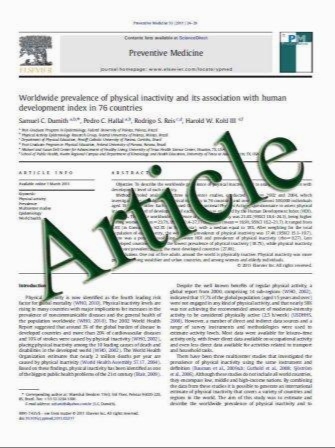Recombinant Osteopontin Attenuates Brain Injury after Intracerebral Hemorrhage in Mice
- نوع فایل : کتاب
- زبان : انگلیسی
- مؤلف : Bihua Wu • Qingyi Ma • Hidenori Suzuki • Chunhua Chen • Wenwu Liu • Jiping Tang • John Zhang
- چاپ و سال / کشور: 2011
Description
Background Osteopontin (OPN), an extracellular matrix glycoprotein, has been reported to inhibit inducible nitric oxide synthase (iNOS). We examined if recombinant OPN (r-OPN) inhibits iNOS and prevents brain injury in a mouse collagenase-induced intracerebral hemorrhage (ICH) model. Methods One hundred one mice were randomly assigned to five groups: sham, ICH + vehicle, ICH + r-OPN (10, 50, or 100 ng per mouse) groups. Vehicle or r-OPN was administered via an intracerebroventricular infusion 20 min pre-ICH. Neurological scores and brain water content were evaluated at 24 and 72 h, and hemoglobin assay, Nissl staining and Western blot for iNOS, Stat1, matrix metalloproteinase (MMP)-9 and zonula occludens (ZO)-1 were performed at 24 h post-ICH. Results r-OPN did not affect hematoma formation. Middle (50 ng)- and high (100 ng)-dose, but not low (10 ng)-dose of r-OPN treatment significantly improved neurological scores and brain water content compared with the vehicle group. The protective effect of r-OPN was associated with significantly rescued neuronal cells in the peri-hematoma region as well as a decrease in the Stat1 phosphorylation, iNOS induction, MMP-9 activation, and ZO-1 degradation. Conclusions This study suggests that r-OPN may downregulate iNOS expression by the inhibition of Stat1 phosphorylation, and therefore suppressing the MMP-9 activation, preventing ICH-induced brain injury in mice.
Neurocrit Care (2011) 14:109–117 DOI 10.1007/s12028-010-9372-z Published online: 4 May 2010


